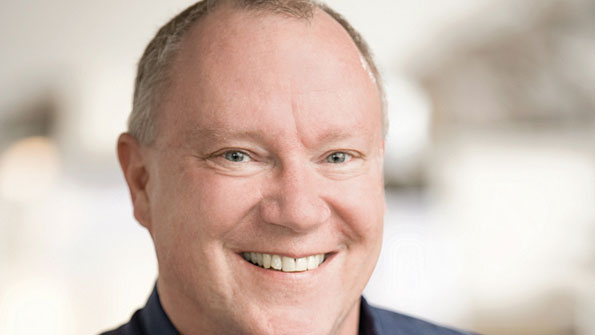Speaker: Firefighter radios are good, but not yet good enough
LAS VEGAS — Yesterday I attended an educational session at the International Wireless Communications Expo (IWCE) that focused on the evolution of firefighter communications. Without question, they have come a long way. Manufacturers have gone to great lengths to harden radios and to make them more ergonomic. They also have made them easier to use for firefighters wearing thick gloves by such methods as making knobs bigger and placing man-down buttons where they more easily can be accessed.
Manufacturers also have made progress on the problems that digital radios have in noisy environments, such as the fireground, by significantly improving the vocoders that exist in such radios. In addition, technology is emerging that alerts firefighters when their digital radios are about to go out of range — sudden loss of connectivity is one of the fire service’s biggest complaints about digital radios.
Progress has been made as well in the area of firefighter location, the so-called “Holy Grail” of fireground communications. The U.S. Department of Homeland Security’s GLANSER project shows a lot of promise. (Click here to learn how GLANSER works.) Meanwhile, Motorola and TRX announced a new firefighter location platform this week at IWCE.
But it’s not enough, according to Bruce Varner, retired chief of the Santa Rosa (Calif.) Fire Department and the chairman of the National Fire Protection Association (NFPA) electronic safety equipment committee. Varner said that audio quality hasn’t been fixed to the satisfaction of the fire service — and when audio quality suffers, things can go south in a hurry.
“The incident commander has got to be able to talk to the troops inside of a structure,” Varner said. “I hear the term ‘mission-critical communications’ batted around all the time. Truly, the only mission-critical communication for a firefighter is between the guys on the inside and the incident commander on the outside.
“That is absolutely the most mission-critical communication that exists — and if you don’t have that, you have people in trouble.”
Varner cited several examples to illustrate his point. One concerned two firefighters who had become trapped in the basement of a large structure fire. Their mayday call was so garbled that the only words that could be discerned were “mayday.” The firefighters perished.
It was disheartening and disconcerting to listen to this clip knowing that two heroes died because they couldn’t communicate with their incident commander. Of course, the radios may not have been the problem — the firefighters were in the lower regions of a large edifice that may not have had adequate in-building coverage. And if the GLANSER technology had been at their disposal, perhaps the outcome would have been different. Still, it was sobering — and frustrating — to hear the clip.
Varner cited another example where two firefighters died and their radios were found to be working fine. They had been caught in a stairwell and experienced a rush of heat that was so intense that their speaker microphones and the cords that connected them to their portable radios shorted out. Again, the result was that they couldn’t communicate with incident command when they got into trouble. According to Varner, the typical firefighter radio is designed to work at temperatures up to 140 degrees Fahrenheit — which is nowhere good enough, he said.
“For a firefighter, 140 degrees is a walk on the beach, it’s nothing,” Varner said. “It’s not unusual for the outer temperatures of a firefighter’s protective garment to see temperatures that exceed 500 degrees. … And we see temperature extremes that go well above that. If you do get caught in a flashover, it’s going to be 1500 to 2500 degrees for a short duration. … That’s just the real world of where we operate.”
Because of these deficiencies and more, the NFPA has decided to create its first standard for firefighter handheld radios. (In the linked video clip, Varner shares a few thoughts regarding the proposed standard.) The kick-off meeting for this initiative will occur next week in Fort Lauderdale, Fla., from March 19-23. More information can be obtained by contacting the NFPA (www.nfpa.org).
Varner encouraged fire service members, even those who are not NFPA members, to get involved.
“If you’re interested and want to attend, all you have to do is show up. The members will sit at the table and non-members will sit in what we affectionately call the ‘peanut gallery’,” he said. “If you want to say something, the chair will recognize you.”
It has been said many times that, “if you’re not part of the solution, you’re part of the problem.” It’s time to be heard on this vitally important topic. If you can’t make it to Fort Lauderdale next week, you’ll have ample opportunity to get involved down the road, as Varner said it usually takes from 101 to 141 weeks to develop an NFPA standard.
If you’re a member of the fire service — or working for one of the companies that manufactures firefighter radios — I hope you’ll answer Varner’s call. That garbled mayday call was haunting, and I’d just as soon never hear another.
What do you think? Tell us in the comment box below.
















